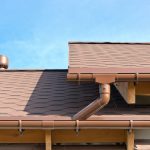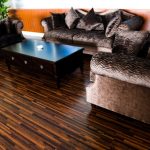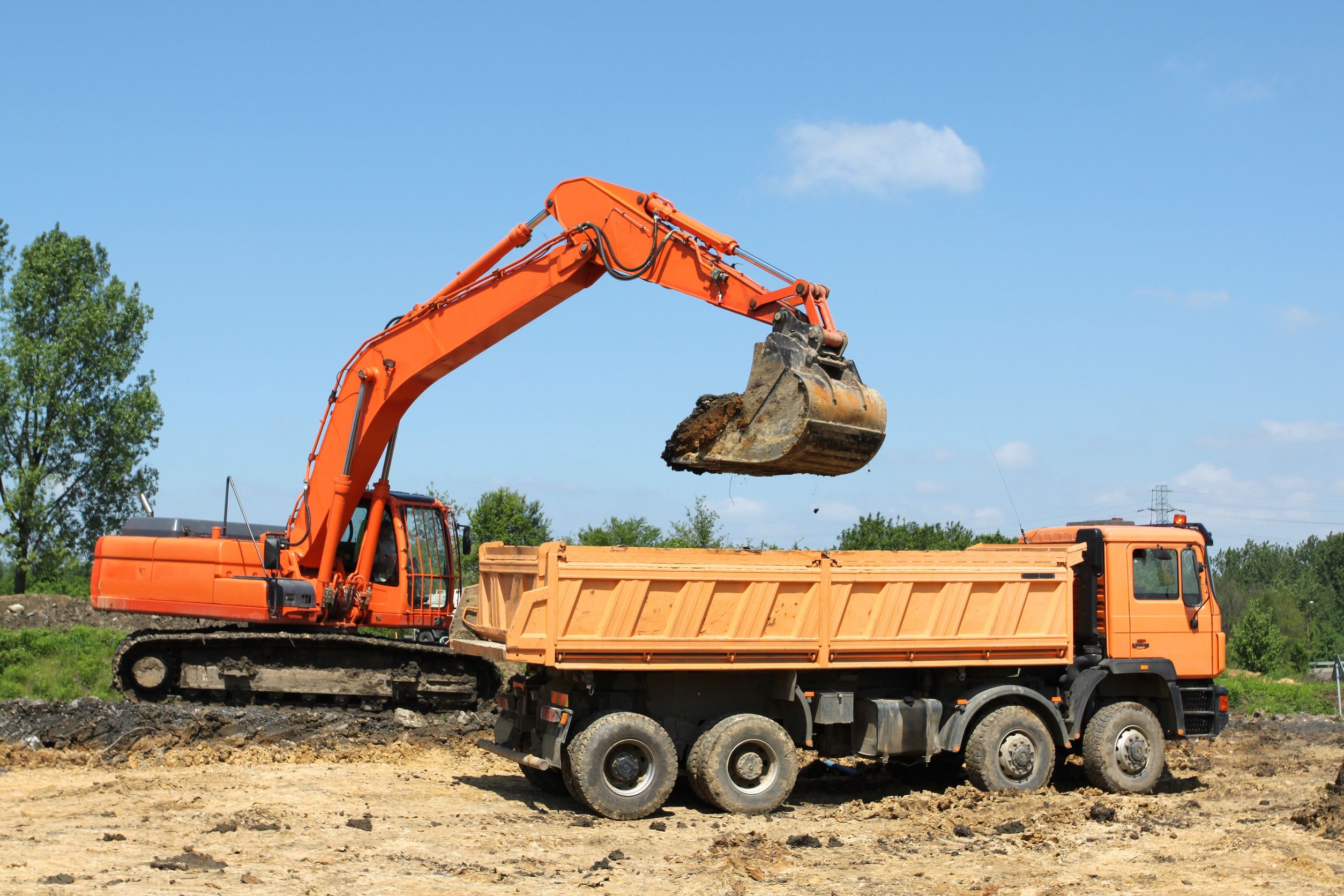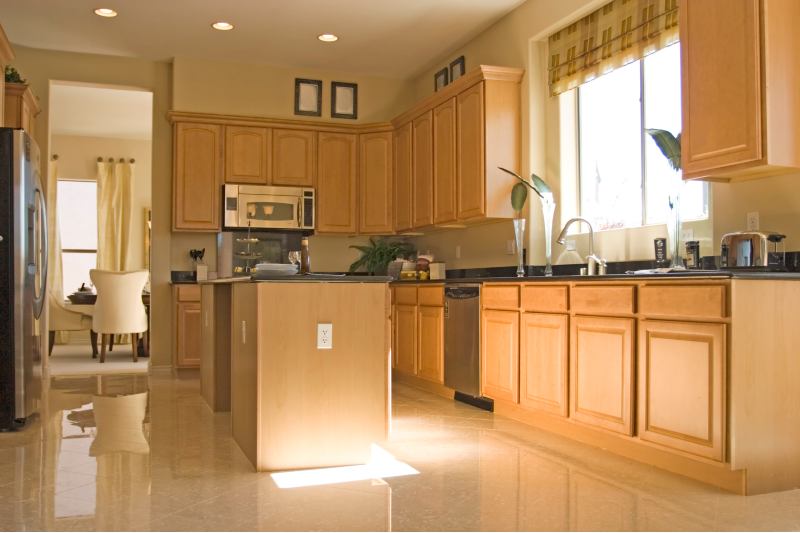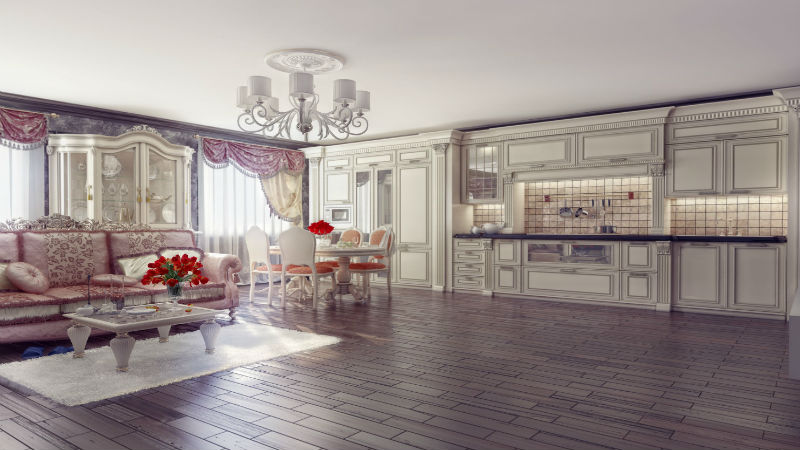There are some good reasons for wanting to have vinyl siding on your home. Vinyl NJ Siding gives the home a newer, more finished appearance that looks like wood but is more durable. Vinyl siding shouldn’t crack or peel or chip like painted wood siding can. It eliminates the need for ever having to paint the outside of your house ever again. The right kind of vinyl siding, if installed correctly, can also save money on utility bills.
Wood siding itself can rot, and if there are seams or cracks in the siding, it can allow moisture into the underlying structure, where it can do extensive damage. Wood siding is also attractive to termites, which are another threat that can literally destroy a home from the inside out. Wooden siding will need to be repainted every few years. This is not a job many homeowners look forward to doing themselves, and it’s costly over time to pay painters to do the work for you. Vinyl siding can eliminate all of these issues.
Not all vinyl siding is the same. There are several problems with traditional vinyl siding. One is how it looks from the street. Some vinyl siding is obviously vinyl, and people can tell when they see so many seams and all in various places, so it affects the home’s aesthetics. The other problem with vinyl siding is that the seams allow cold inside in the winter and don’t keep cool air inside in the summer. If the siding isn’t installed correctly, the pieces of siding expand and contract with the weather.
One of the newest kinds of insulated vinyl NJ Siding that is being used by today’s building contractors can improve a home’s energy efficiency by up to 30 percent because it has fewer seams. That also makes the home look better from the street. One builder even places ferrule studs every four inches. There is no confusion as to where to put the nails, which ensures they install the siding correctly, and eliminates the problem of the pieces expanding and contracting when the temperature changes. This siding’s R value ranges from 5.25 to 8.5, which will save you money on your energy bills.





